What comes to your mind when you think Japan. Well, the kids at my school probably will answer anime or J-Pop. Other people maybe the big screaming neon lights. My first thoughts are about bullet trains.
A funny thing is that the name "Bullet Train" is a western name, not the Japanese name. The name refers to the bullet-shaped nose of the first generation high "Super Express" trains. In Japan these trains are called Hikari (ひかり). Hikari has in Japanese several meanings in regards to light. The closest translation of Hikari for bullet trains are probably Beam, Shine, Brilliance. These names combine both the clean look and the high speed. (a big Thank you to FUMI and Clubhouse MK II)
Hikari can be compared with the European TGV (Train à Grande Vitesse). The newest generation Hikari travel with speeds up to 300 km/h, the same speed as the TGV. A new experimental generation (JR-Maglev) with magnetic levitation has a current speed record of 581 km/h, while the speed record on conventional shinkansen track is 446 km/h. The speed record for conventional railed trains is 574.8 km/h for the V150, a special configured TGV train. V150 stands for the goal of this train set, Velocity 150 meters per second (540 km/h, 335.5 mph). In the US the Acela train travels between Boston and Washington D.C.. It may be considered a small nephew of the TGV, but with a maximum service speed of 240 km/h, it's much slower.
The Hikari run over a network of railways, called the Shinkansen. The Shinkansen are operated by 4 railway groups of the JR, the private Japanese railway company . The G-Shock model featured in this article represents the colors of the N700 series trains of the Hikari Rail Star of the West Japanese Railways (JR West) that ride on the Sanyo Shinkansen, which connects Shin-Osaka with Fukuoka (Hakata station). The Sanyo Shinkansen is one of the fastest passenger train service in the world, with a maximum cruising speed of 300 km/h.
I do not have an exact date of release, but around August 2008 Casio released 2 watches, dedicated to Express Trains. The first one, a DW-5600 model, is dedicated is the Nozomi N700 train, that connects Tokyo to Fukuoka (Hakata station). The Nozomi is currently Japanese fastest train connection. This model is based on the DW-5600NS-7JR.
The second model is this Rail Star model. The Rail Star model is based on the DW-6900FS-8JF.
The Rail Star model comes in a beautiful display box. It stylistically shows the Rail Star Hikari. On top it shows the side of the train, while on front it is like he train is coming toward you. At the sides it is like the train is passing you. At the bottom a map of the Sanyo Shinkansen is displayed with all stations.
Unfortunately the piece of cardboard inside, that is displaying the watch, often do not survive the intercontinental shipping. With such a nice detailed box, it's a pity this happens.
The watch itself is, s mentioned above, based on the DW-6900FS-8JF. In the US this model was also known as the DW-6900FS-8US, dedicated to the US Open of Surfing. The last model has a small logo on the strap. The Hikari Rails Star model is modified a lot more and in my opinion in a very nice way.
On top of the display the logo of Rail star instead of the CASIO. The functions lettering is in red around the display and the ring around the big eye is yellow. The background of the big eye is red. At the bottom of the display the end stations of the Sanyo Shinkansen, Shin-Osaka and Hakata, are shown.
Probably the coolest difference with the DW-6900FS-8 are the straps. The strap with the buckle shows the striping of the Rail Star, on the other straps it looks like the holes in the strap are the windows of this train. Also the Rail Star logo appears here, like on the train. I think that is a very nice idea.
Also a nice detail is the light button. Instead of a black G, the G is colored bright orange. Since all the lettering on the bezel is black, the big G immediately draws attention.
When the backlight is used, the text ひかり(Hikari) is shown. Probably it is a logical text for Japanese people, but I rather would have seen the profile of the train, like on top of the box.
At the back of the watch an picture of the train is etched.
As for the basic model (DW-6900, 1289 module), the functions are basic, but sufficient. The 24 hour Stopwatch function, the 24 hour Countdown Timer function and the multi functional alarm with hourly chime, these are functions I like to see on a watch.
This watch was originally only available in Japan, but a well known Hong Kong based seller has been selling several copies of this model in the past months. It might be that some overstock models have been ended up there. The original price of this watch was ¥14800. I paid slightly less for the watch (around ¥12700, exclusive shipping). I can't predict if this model will become easy to get in the future. I guess it will be hard to find in the near future, which is a pity for such a beautiful model.

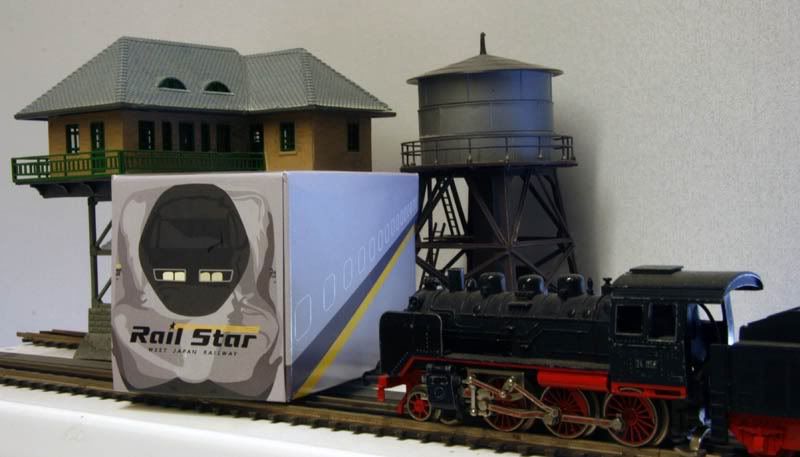
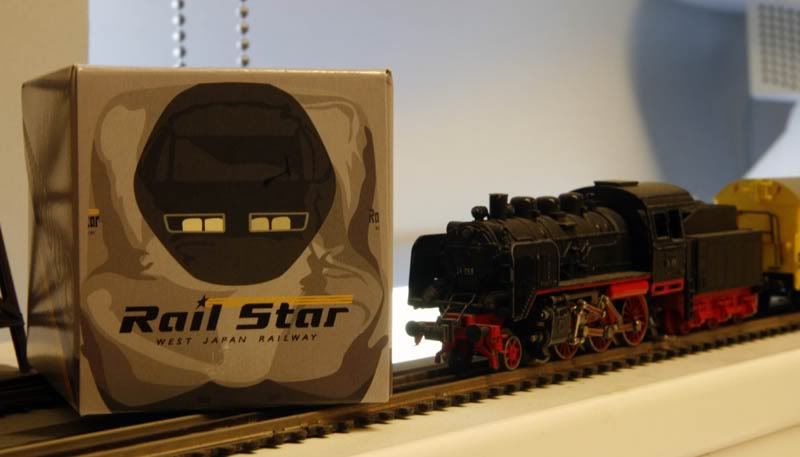
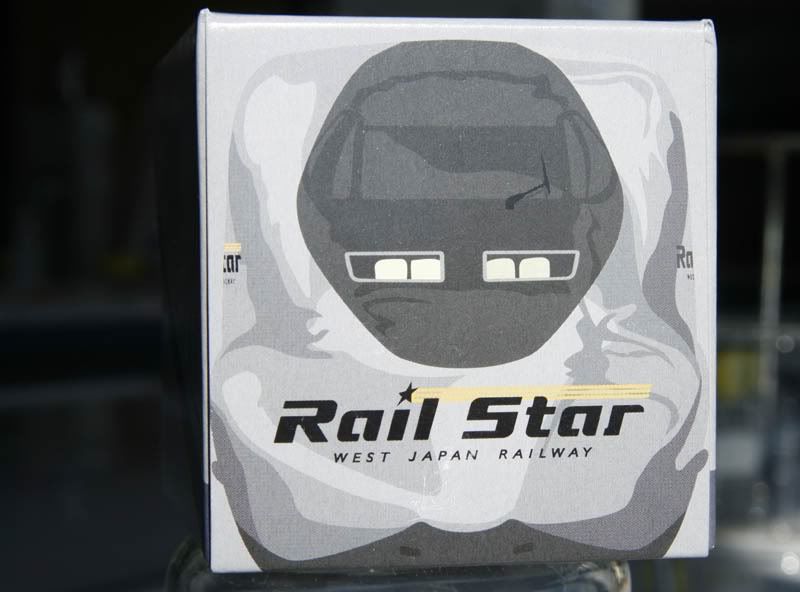
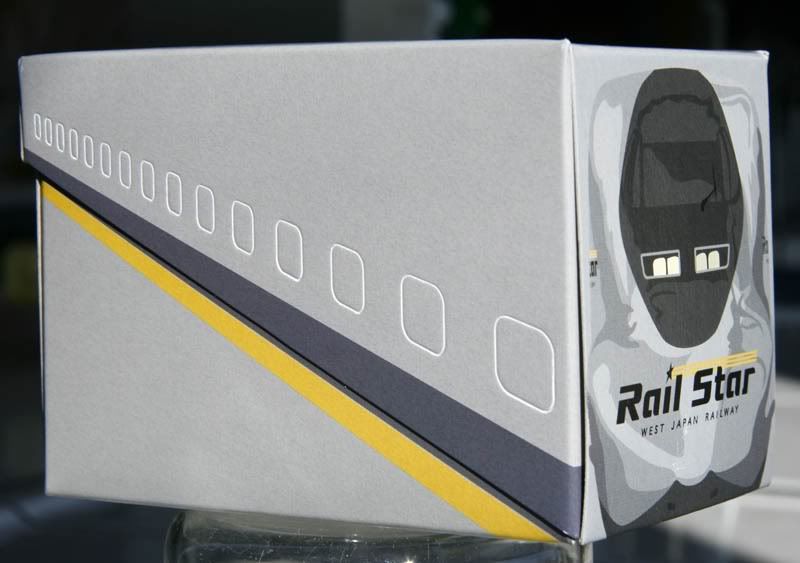
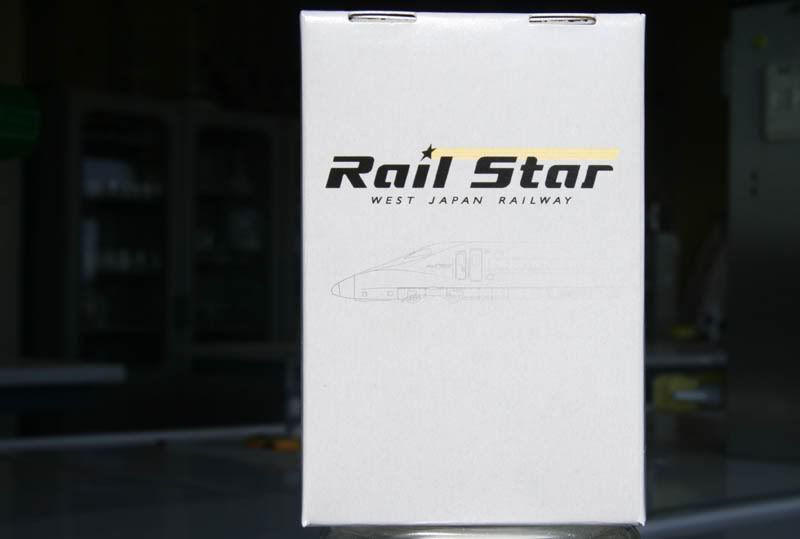
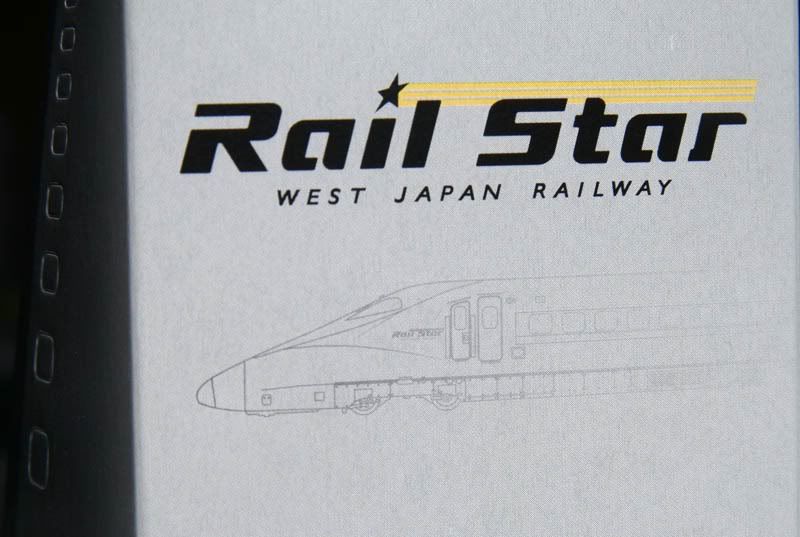
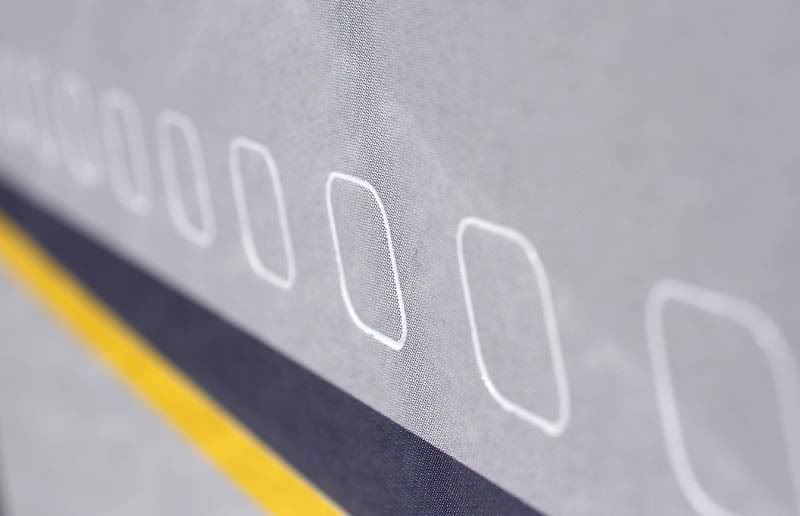
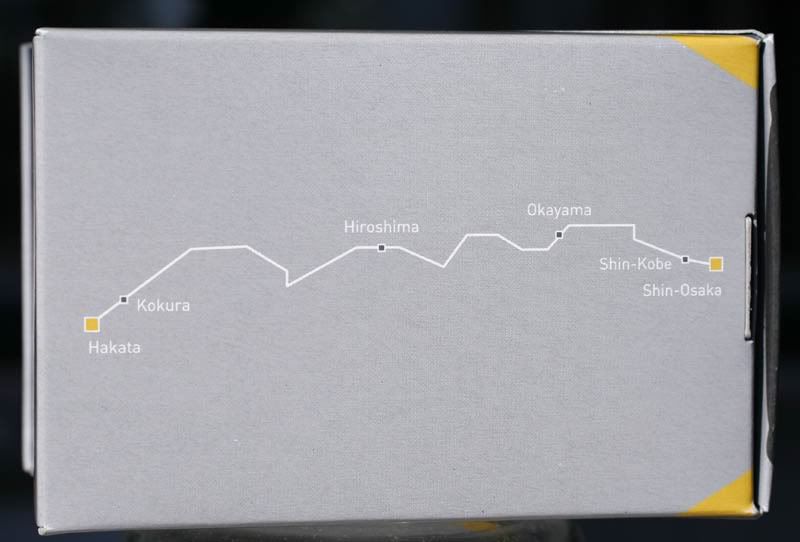



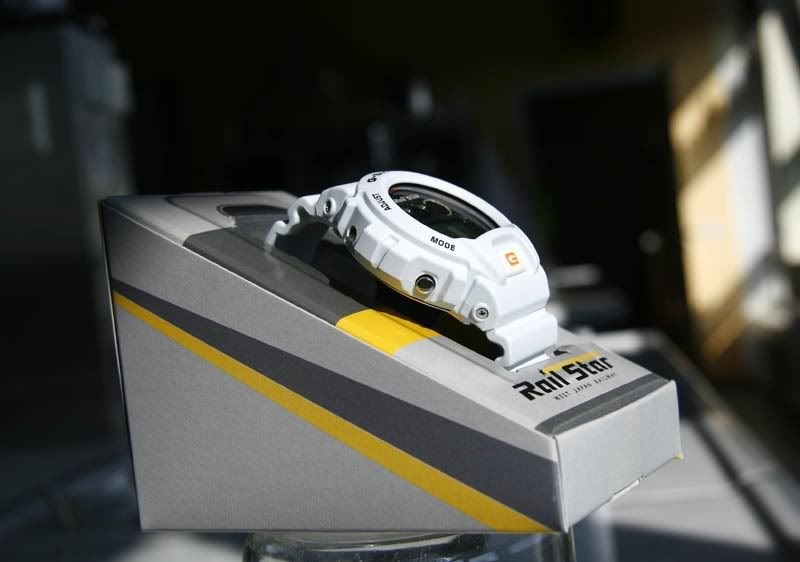
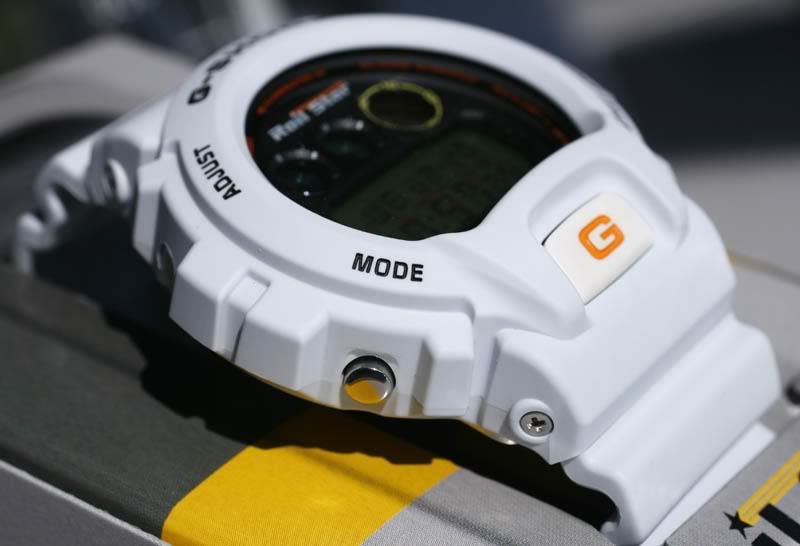

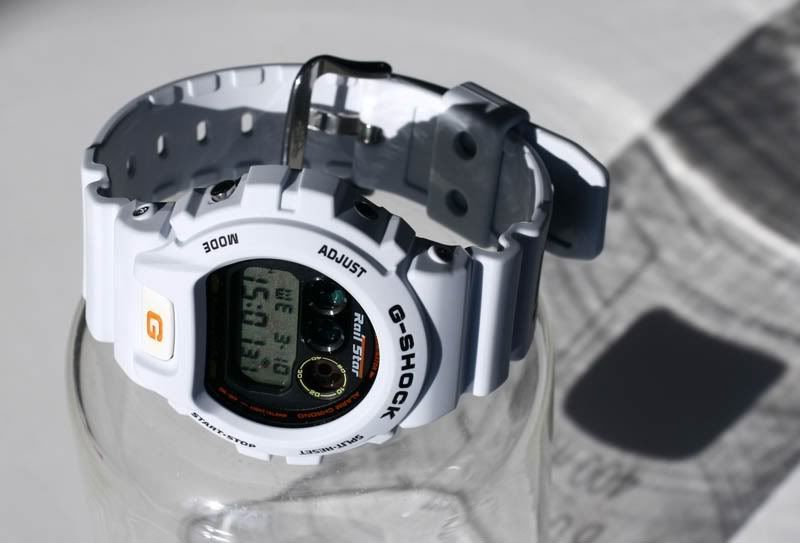

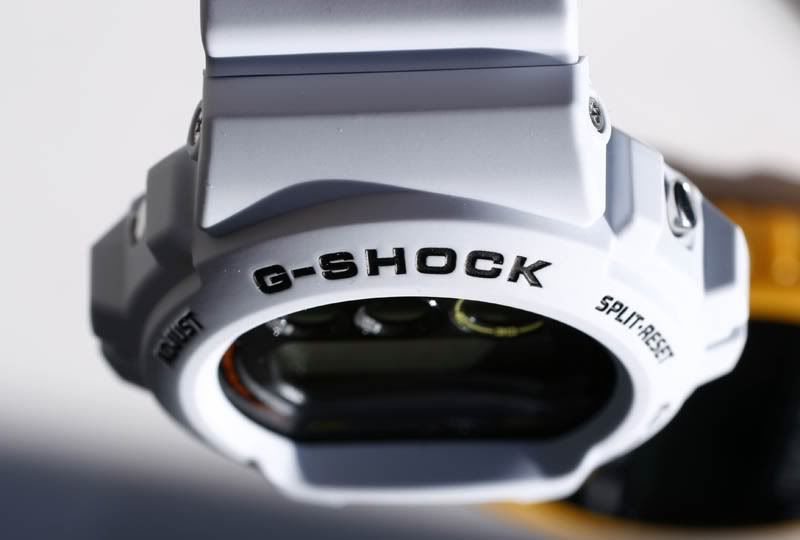
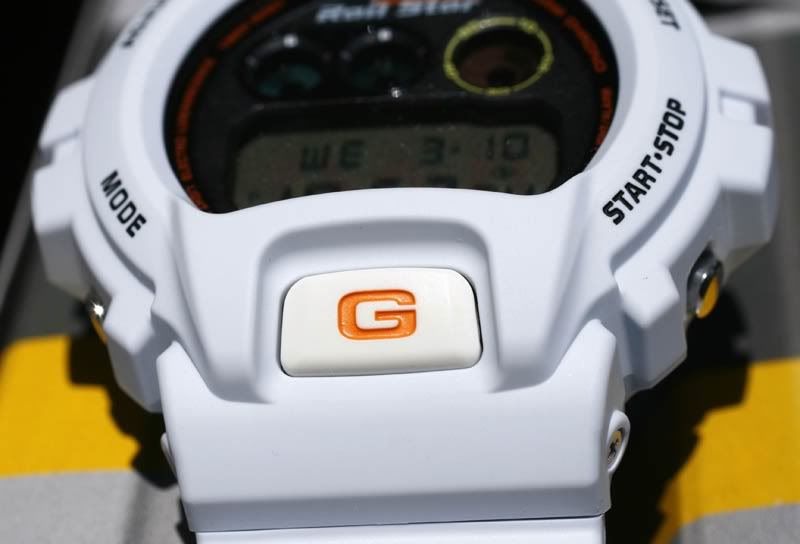
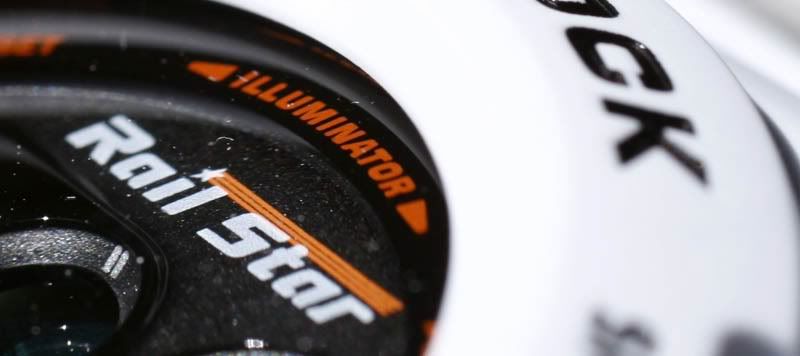
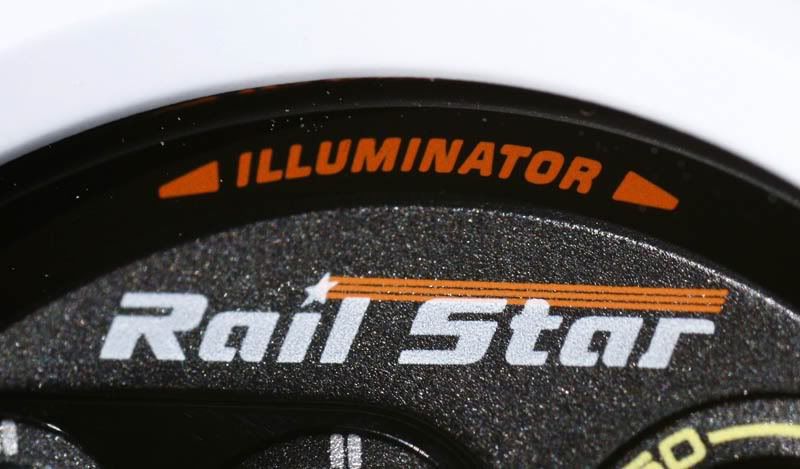
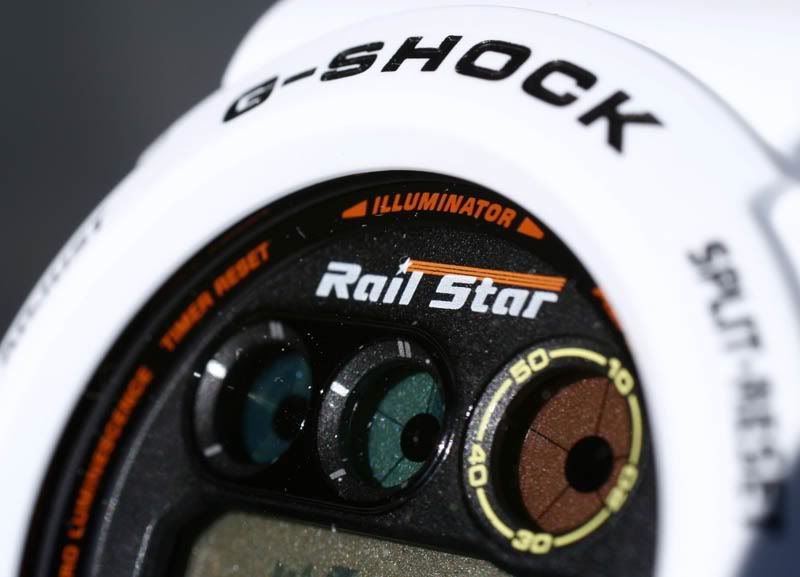
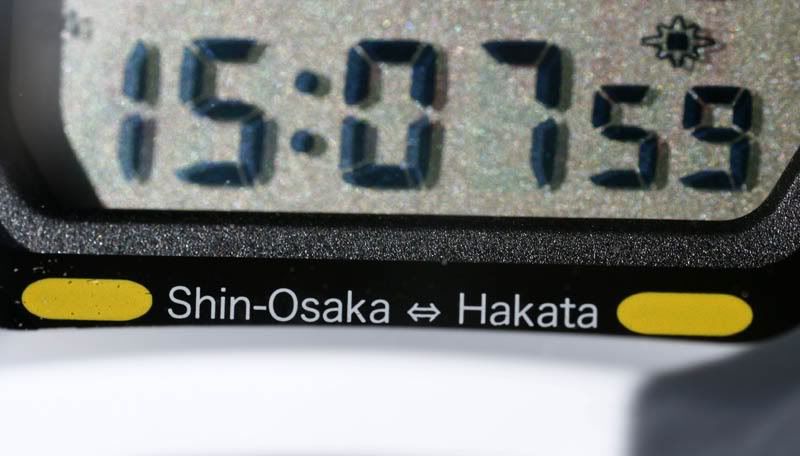

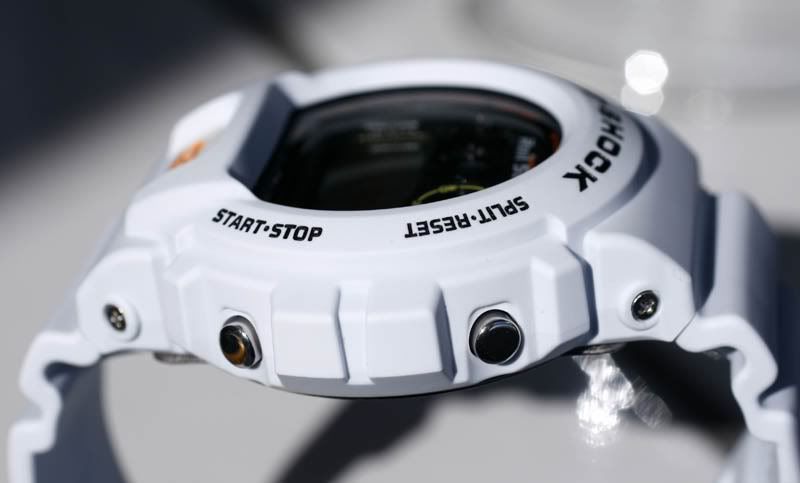
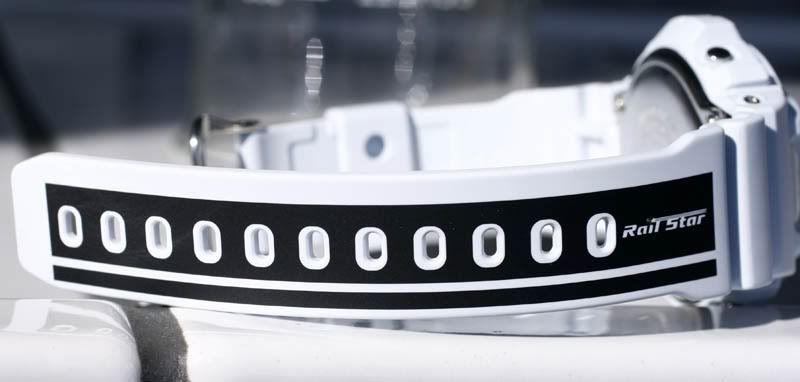


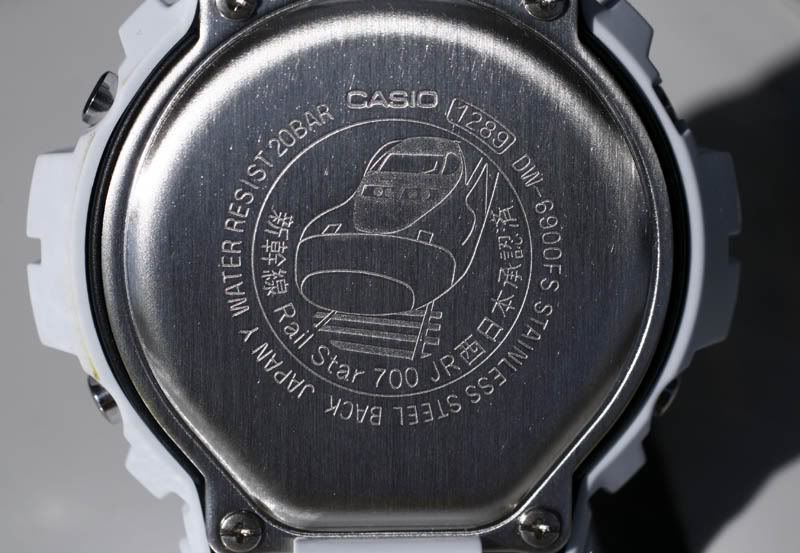
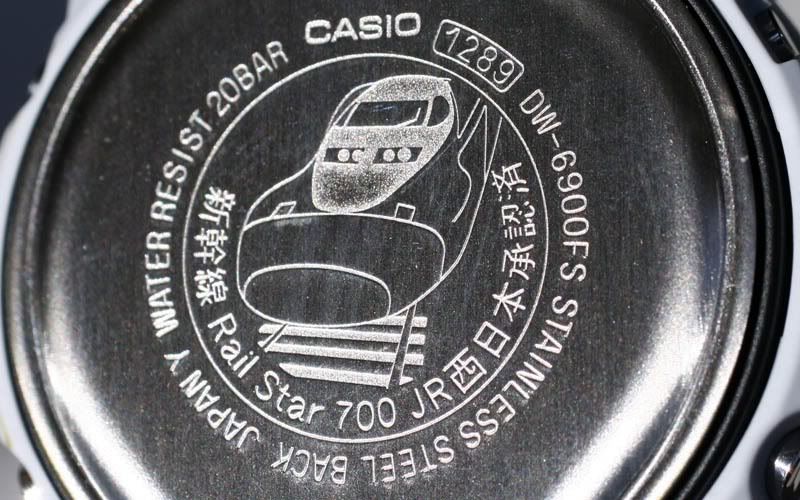


2 comments:
hi, just found ur blog :)
i got one of this early last year, probably the same seller u got it from.Nice to see your intro for this nice piece. :) cheers
I V Kiam,
It's pretty good possible that you bought it from the same seller as I did as he had several sold at the end of last year and the beginning of this year. I think it is a pretty nice watch.
I hope you don't only like this article, but like to read more G-Shock articles on 50 Gs,
Kind regards,
Sjors
Post a Comment